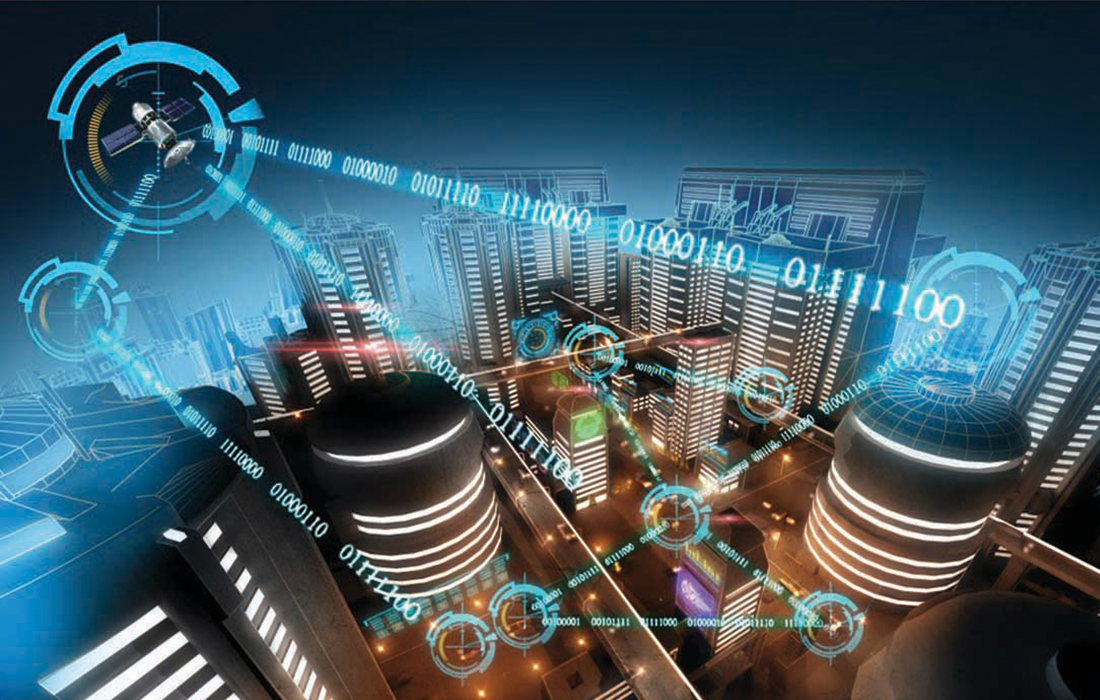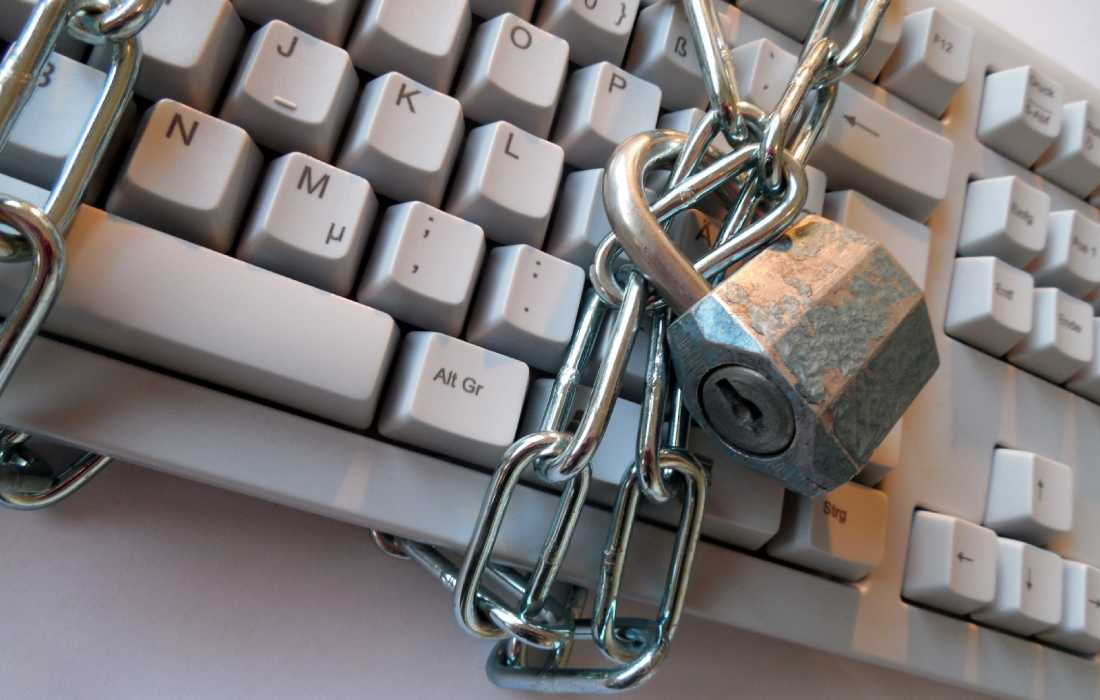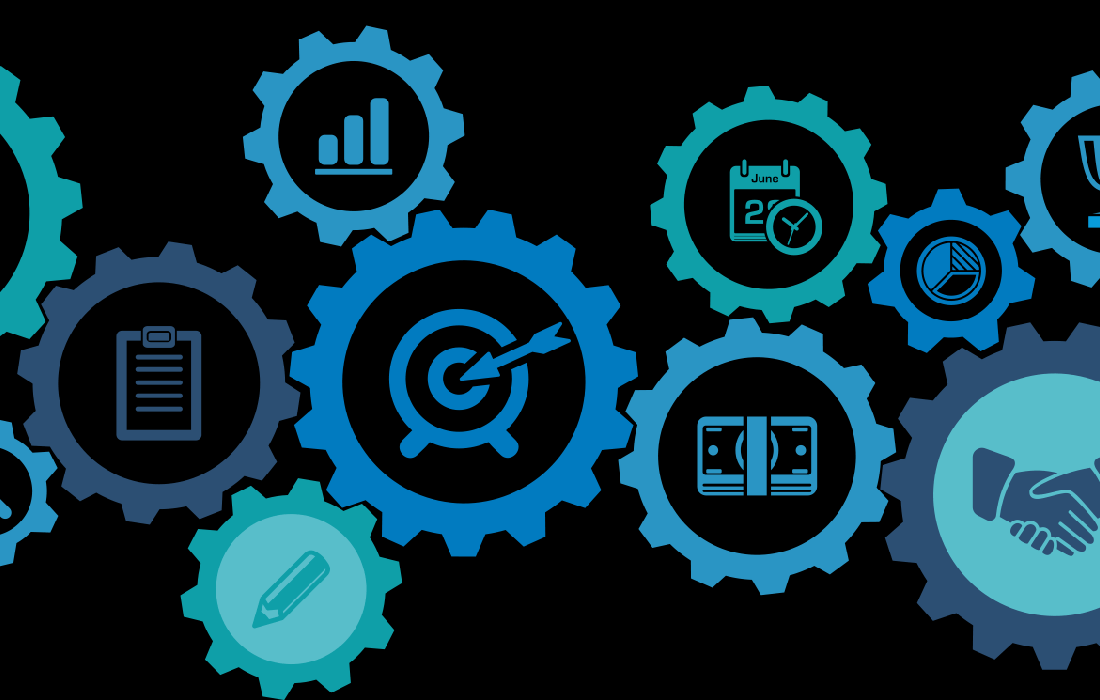Smart cities are cities in which various, now non-digital, objects such as lampposts or trash cans are connected to the Internet. Smart cities are being developed so that they can take maximum advantage of connecting people, processes, data and objects. Many cities are working with stakeholders and innovators to develop IoT projects, platforms and implementations. Crucial here is the fact that IoT ambitions, and the framework in which they are set, are designed to meet the need to respond to real-time, specific information and analytical data, to solve specific local problems. The lessons learned from the pilots and the framework constructed by these pilots are already giving other cities a good foothold to further develop the strategies applied, in addition to setting up their own smart city initiatives.
In recent years, the definition of the term “Smart Cities” has meant many different things. However, one aspect has not changed in this: part of being “smart” involves using IT and the Internet to address urban problems. The number of urban residents is growing by nearly 60 million every year. In addition, by 2050, more than 60 percent of the world’s population will live in cities. The implication is that people occupying only 2 percent of the world’s surface area will consume three-quarters of its amenities. Moreover, more than 100 cities with 1 million inhabitants will be built in the next 10 years. Contemporary cities face several problems and challenges, including job creation, economic growth, sustainability and environmental awareness, and social resilience.
Given these developments, a deeper understanding of how the Internet is evolving is absolutely critical to how spatial planning will be handled in the future. In terms of the phase or era we are moving into, Cisco believes that most organizations are currently moving into the Internet of Things (IoT) phase – the network of connections between physical objects. As these objects become increasingly capable, such as being aware of their surroundings, having more power, and being independent of energy, the IoT is now becoming an Internet of Things network made up of smaller networks, with billions or even trillions of connections presenting both unprecedented opportunities and risks. Indeed, we are seeing public figures and certain industries increasingly feel compelled to engage in this as well.
“Digital urbanism” is fast becoming one of the key elements for urban planners, architects, developers and public transport providers, as well as municipalities. From the perspective of those at the top of the public sector, cities can be seen as a kind of microcosm of the connected networks that make up the IoT. Indeed, cities are a kind of potting ground from which the IoT can further flourish. To take on these developments, however, municipalities need to understand how all aspects of the IoT – people, processes, data and things – have their own specific roles and interact to enable the cities and communities of the future to develop as much as possible.
People
With the IoT, people will be connected to the Internet in an infinite number of ways. Today, people mainly use mobile devices and social networks to be connected to the Internet. As the Internet evolves into the IoT, however, we will be connected in more relevant, valuable ways. For example, in the future, people may take a pill that monitors the health of their gastrointestinal system and reports to a doctor, over a totally secure Internet connection. In addition, sensors could be placed on the skin or sewn into clothing, providing important information about the patient’s vital signs. According to Gartner, people themselves will also form nodes within these networks, which will provide both static information, and an activity system that constantly broadcasts data.
Data
Devices that are part of the IoT normally collect data and then send it over the Internet to a central point, where the data is then analyzed and processed. As objects connected to the Internet become more and more capable, they will become more “intelligent” by aggregating the data in a more useful way. Instead of sending unprocessed data, the connected objects will send more important information back to machines, computers and people, allowing better decisions to be made. This transformation from data to information within the IoT is important because it ensures that we can make faster, better decisions; and control our environment more effectively.
Assets
This group consists of physical assets such as sensors, devices consumers use and IT assets of companies, which are connected to each other as well as to the Internet. These objects will take in more data, become more aware of their surroundings and provide more learning information that people and machines can use to make more relevant, better decisions. Examples of the “things” found in the IoT include smart sensors built into the structure of a bridge or disposable sensors stuck on everyday products, such as milk cartons.
The process
How all of this is handled plays an important role in how all of the aforementioned aspects – people, data and objects – work together to add value in the connected world of IoT. With the right process, connections become truly relevant and can add value – because the right information gets to the right person at the right time, in the most appropriate way.
In a recent study, Cisco calculated that the Internet of Things applied in 21 key “use cases” in five key business areas (maximizing resources used, employee productivity, supply chain and logistics, customer experience and innovation) could potentially deliver $14.4 trillion in value to global companies, between now and 2022. This “value at stake” is based on the fact that lower costs and higher profits can be achieved through IoT strategies and applications. For example, the “use cases” include smart grid, smart buildings, smart connected healthcare and patient monitoring, smart factories, smart connected private education, smart connected transportation, connected marketing and advertising and smart connected gaming and entertainment.
In value creation, what is crucial here is the creative use of new technologies that are emerging in the Internet of Things economy, rather than just an increase in the amount of data we already collect today. The moment the data is combined with changes in the human aspect (skills, attitudes, culture, work style, ways of working) and in the business aspect (mainly more use of collaboration), the potential is maximized.
Cisco’s research identifies three capabilities that can enable businesses to take advantage of IoT as quickly as possible:
- The ability to process “big data” and understand what we can call “big data analytics” (understand the data and apply it better)
- The ability to connect objects via sensor networks (physical objects and assets that can “talk” to each other and share information)
- Collaboration
Cities that want to make long-term investments in the efficiency of their infrastructure provide smart infrastructure and shared operations. These cities not only see their energy consumption and carbon dioxide emissions reduced, but also increase their livability as safe, vibrant cities, attracting new citizens and tourists. How can this result be achieved? By providing smart devices and intelligent data tools, enabling smarter decisions in terms of city infrastructure and governance: data-collection devices, networks, intelligence and analytics, platforms for interaction.
The innovations can be based on data generated by a network of interconnected sensors, camera and other intelligent objects in public spaces, creating new ways to make a profit, using data from businesses and infrastructure. The possibilities are endless. Of course, as these systems become more collaborative and connected, the government will need to join forces with its partners as much as possible to make the software accessible to all. Municipalities will need to approach the “Smart Connected City” differently, by better understanding what the core of the smart city is and in what framework it is evolving, while at the same time maintaining centralized control and visibility of crucial functions. To extract the full potential of smart and connected communities in the age of the Internet of Things, there will need to be strong collaboration between the public and private sectors that goes beyond and deeper than the way infrastructure providers now keep information to themselves. By working together and creating new models for these collaborations, there will be a public, connected infrastructure that brings tremendous value to both the municipality and citizens – making the city much more livable.



